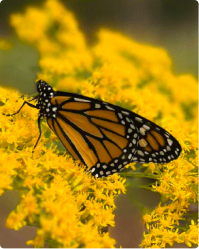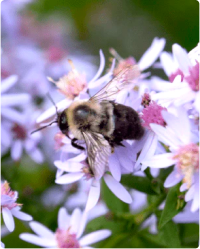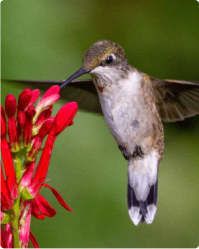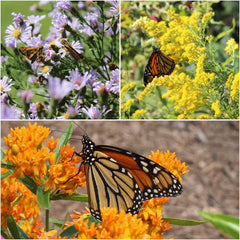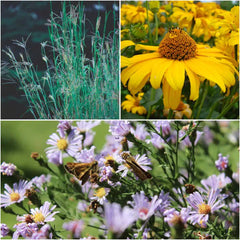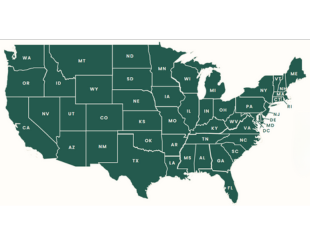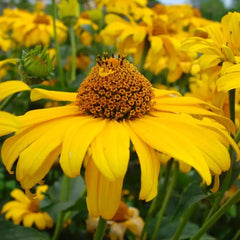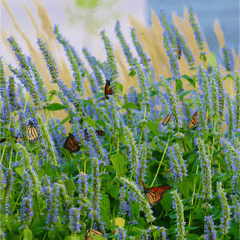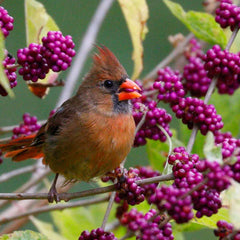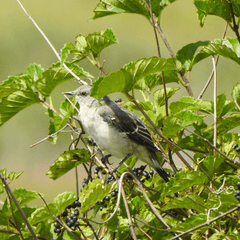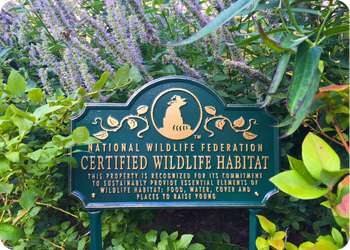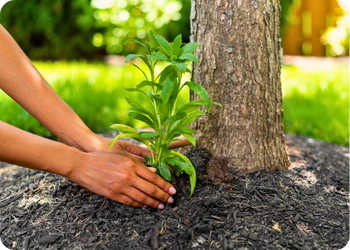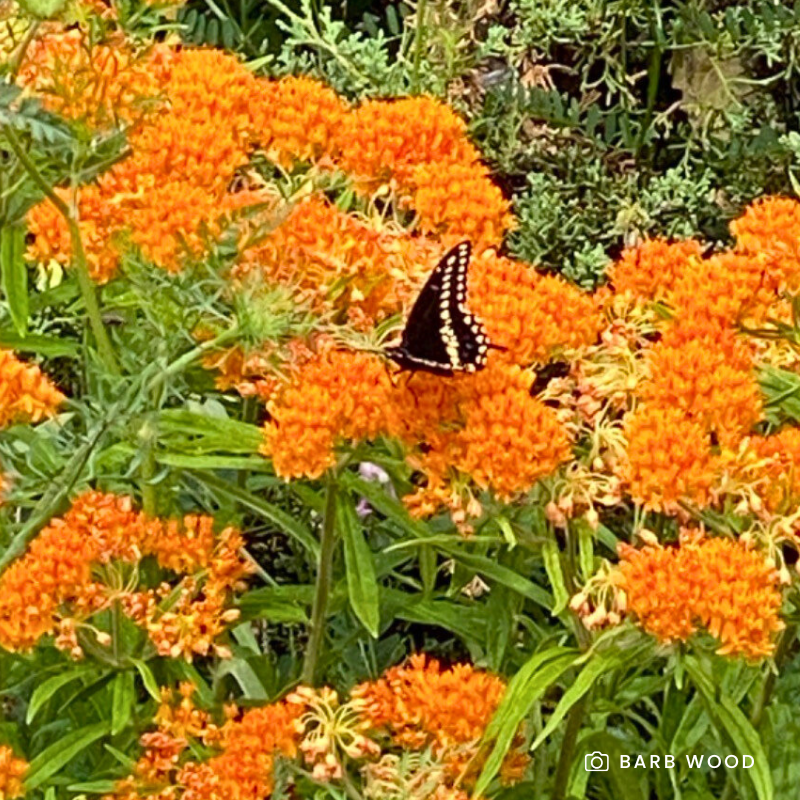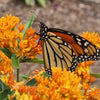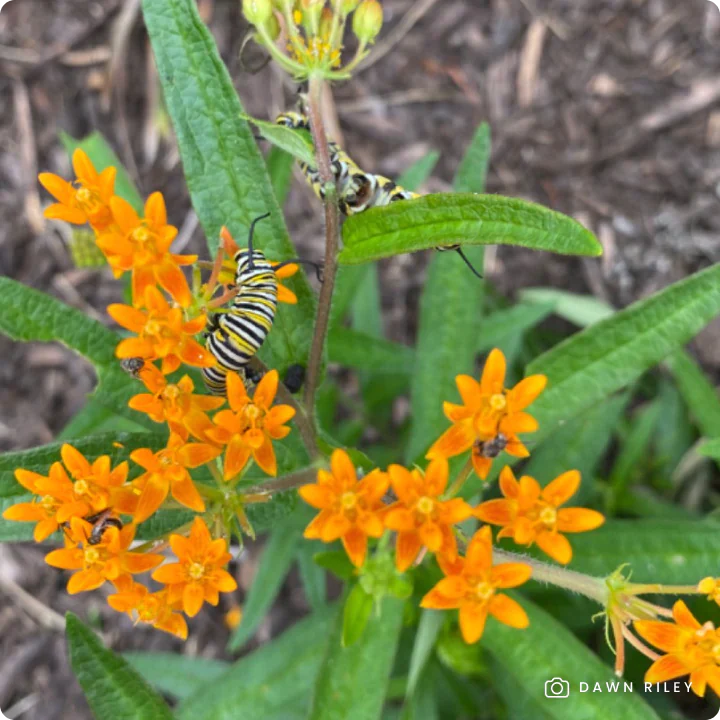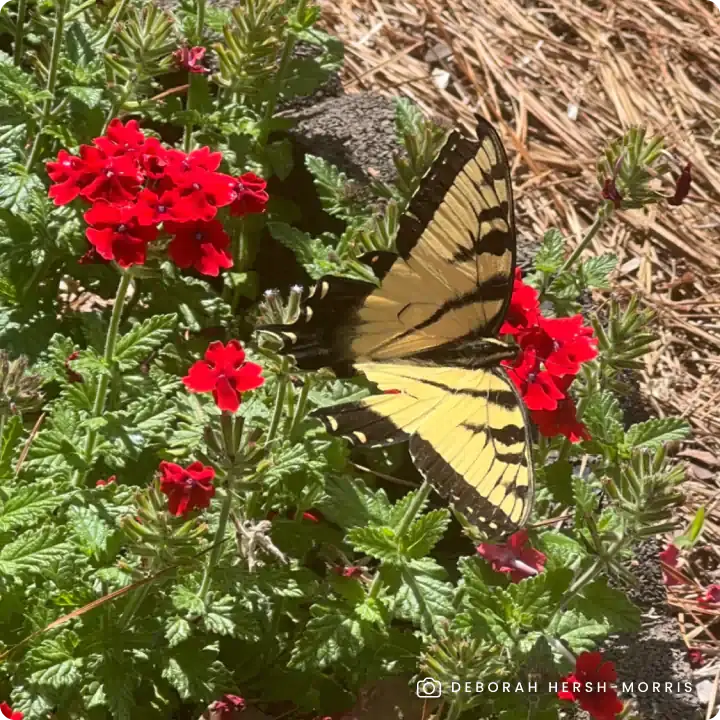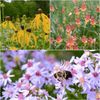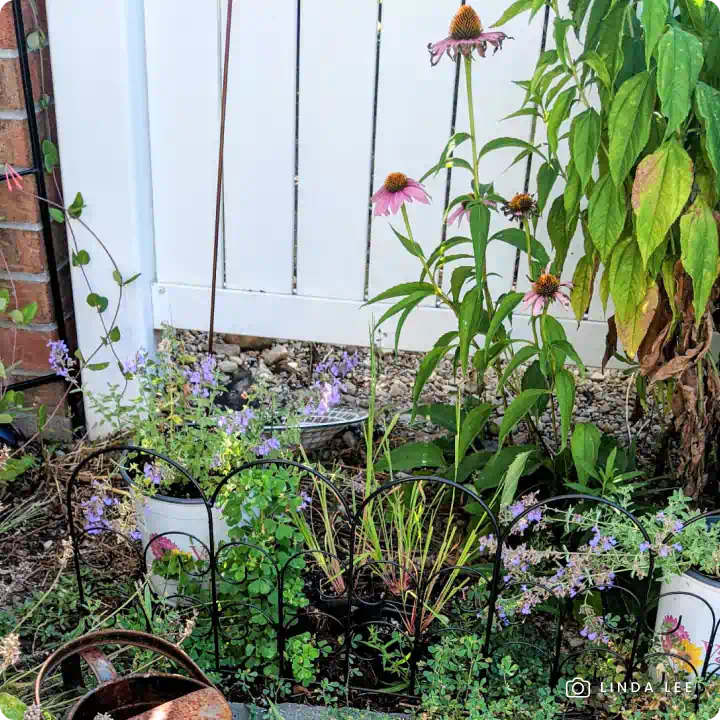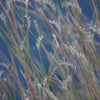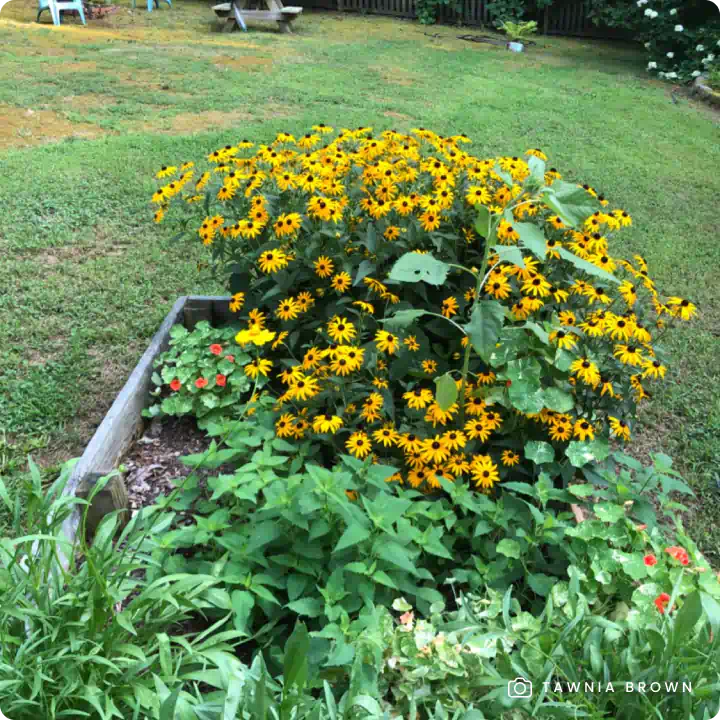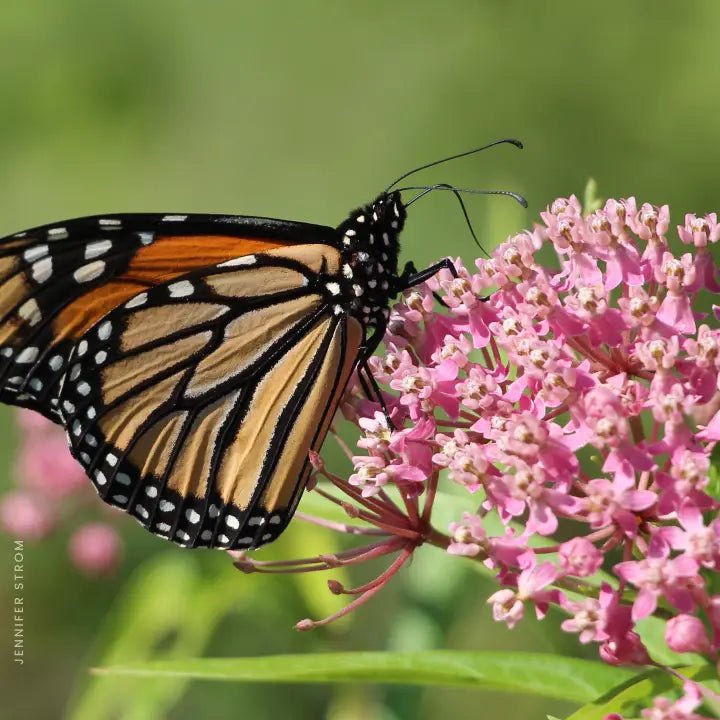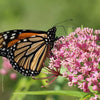Sulphur Buckwheat (Eriogonum umbellatum) is a highly variable, long-blooming perennial that thrives in dry, rocky soils and brings brilliant yellow to cream-colored flowers to gardens and wild landscapes. Blooming in summer, its small, tubular flowers form rounded clusters on 6-9 inch stems, gradually fading to warm orange and red hues. The plant’s spoon-shaped, silver-green leaves create a low, matted, or spreading habit, making it an excellent groundcover, erosion control plant, or pollinator-friendly addition to rock gardens and slopes.
Key Features:
- Versatile Growth Habit: Can grow as a low mat-forming groundcover or a sprawling shrub, depending on variety and growing conditions.
- Brilliant Summer Blooms: Clusters of yellow to cream-colored flowers brighten dry landscapes, fading to orange or red for extended color.
- Pollinator Magnet: Hosts up to 37 species of butterflies and moths, while also attracting native bees.
- Drought-Tolerant & Resilient: Thrives in dry, well-draining, rocky, or sandy soils, requiring minimal water once established.
- Erosion Control & Groundcover: Ideal for stabilizing slopes, dry banks, and rock gardens.
- Wildlife Value: Provides nectar for pollinators and seeds for small birds.
- Pollinator-Safe: Grown non-GMO and free of harmful neonicotinoids, promoting a healthy ecosystem for pollinators and wildlife.
Available in sets of three, six, or 12 plants to suit any garden size.
Why Choose Sulphur Buckwheat?
Sulphur buckwheat is a low-maintenance, heat- and drought-adapted native plant that thrives in harsh, dry conditions where many other plants struggle. Whether used as a pollinator-friendly groundcover, erosion-control plant, or a striking addition to rock gardens, this adaptable species enhances biodiversity while adding long-lasting seasonal interest.
Planting Tips:
- Location: Prefers full to part sun with well-drained, rocky, or sandy soil; tolerates poor, acidic soils.
- Watering: Water regularly during the first growing season to establish roots; highly drought-tolerant once mature.
- Maintenance: Minimal care required. There's no need to deadhead the flowers, as allowing them to go to seed provides a valuable food source for birds. Leaving the stems standing in the fall offers overwintering sites for beneficial insects. If desired, cut back the stems in late spring after pollinators have emerged.
For more information on planting, view our How to Plant Your Native Plants guide and other planting tips in the Garden for Wildlife Learning Center.
Add sulphur buckwheat to your garden for stunning summer blooms, wildlife support, and resilient, drought-friendly growth!
